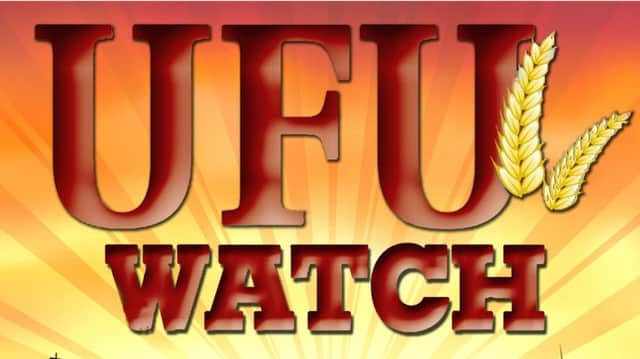Having trouble with calf pneumonia on your farm?


Pneumonia is the inflammation of airways and soft lung tissue and can represent a significant expense on-farm with AHDB estimating the costs associated with pneumonia to be around £43 for a dairy bred calf and £82 for a suckler bred calf.
Prevent
Following good management practices such as ensuring calves are bedded with clean, dry material, separating different age groups of calves, not overstocking and maintaining adequate ventilation will significantly reduce the likelihood of calves developing pneumonia. Calf jackets or heat lamps can also play a role in preventing the onset of pneumonia by reducing the effect of chills and poor weather on the calf.
Advertisement
Advertisement
Good ventilation is particularly important when preventing pneumonia; ventilation can be tested by igniting two or three smoke pellets at different points in the building. Ideally, smoke should travel up and out of the building in 30-45 seconds. Slow movement throughout the building indicates a higher risk of pathogen transfer from one infected animal to the rest of the group. Obviously, once sheds are built it can be difficult to improve ventilation. However, there are many methods available to improve airflow through existing buildings, without developing a draught.
Growth should be monitored by weighing calves regularly. A growth rate lower than 0.7kg/daily indicates sub-optimal health and growth rates higher than 1.3kg/daily can indicate increased susceptibility to pneumonia as fast growing double-muscled cattle can be more susceptible to respiratory diseases than less muscular cattle.
Additionally, vaccination has been shown to be an effective method of preventing pneumonia as president of AVSPNI, Phillip Walsh, explains.
“Once a client begins to vaccinate, they tend to carry on because of the improvements they see in reduced disease rates, lower losses and increased productivity,” said Mr Walsh.
Advertisement
Advertisement
“Vaccinating cattle before they get BRD can be a very effective way of controlling disease. The vaccine stimulates the animal’s immune system to produce antibodies. These antibodies help the animal to fight infection when they encounter it.
“The choice of which vaccine to use will depend on your disease history, production system, housing and the age of target animals. The person best placed to advise on vaccination and help you to implement a vaccination plan is your veterinary surgeon.’”
Respond
Farmers should be particularly vigilant during high-risk pneumonia months November to January and respond quickly to any symptoms of pneumonia such as a reduction in appetite, dull demeanour, dropping of the head and nasal discharge to minimise production losses. If you are undecided by simply observing, take the calf’s temperature, any temperature above 39.5oC suggests infection is already advancing. Treatment will depend on what organism has caused the pneumonia so it is best to consult with a vet to increase the effectiveness of the treatment - never use penicillin as it increases the chance of permanent lung damage by delaying effective treatment.
Review
Post sickness it is important to review your calf heath plan, what worked well and what did not. Review your weaning process - when weaning cattle do you make an effort to minimise stress and the changes to a calf’s environment and feed? Calves that are stressed at weaning are more susceptible to respiratory diseases such as pneumonia.